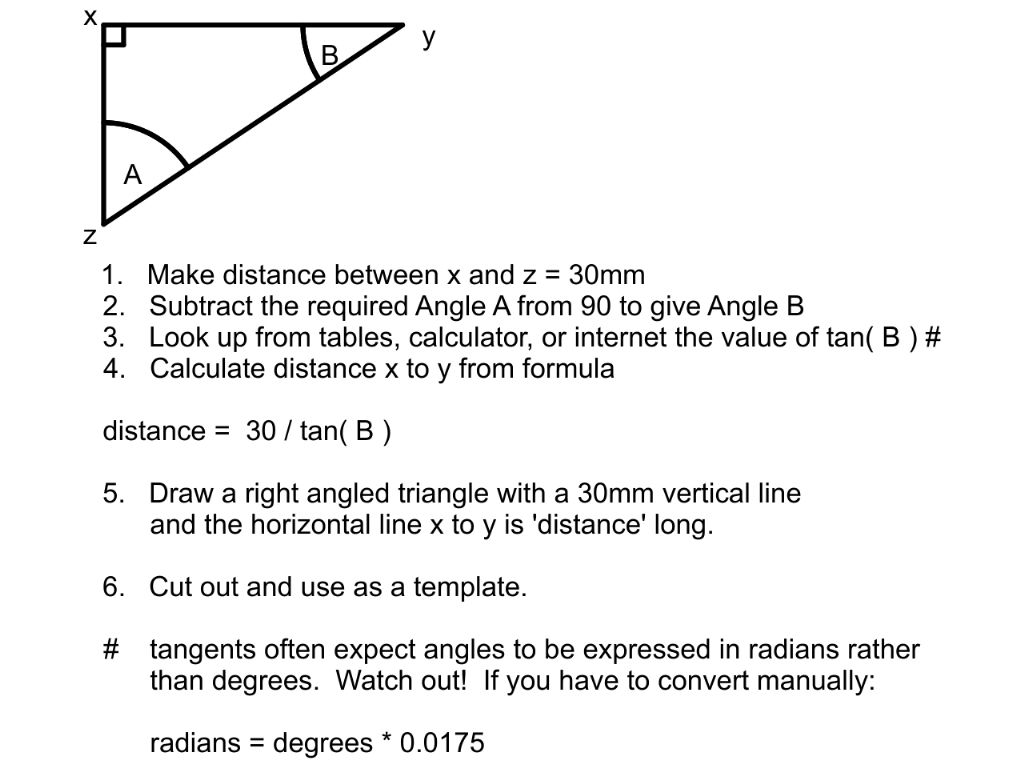Setting lathe top slide angle accurately.
Setting lathe top slide angle accurately.
- This topic has 27 replies, 22 voices, and was last updated 29 December 2018 at 17:54 by
Nigel McBurney 1.
- Please log in to reply to this topic. Registering is free and easy using the links on the menu at the top of this page.
Latest Replies
Viewing 25 topics - 1 through 25 (of 25 total)
-
- Topic
- Voices
- Last Post
Viewing 25 topics - 1 through 25 (of 25 total)






